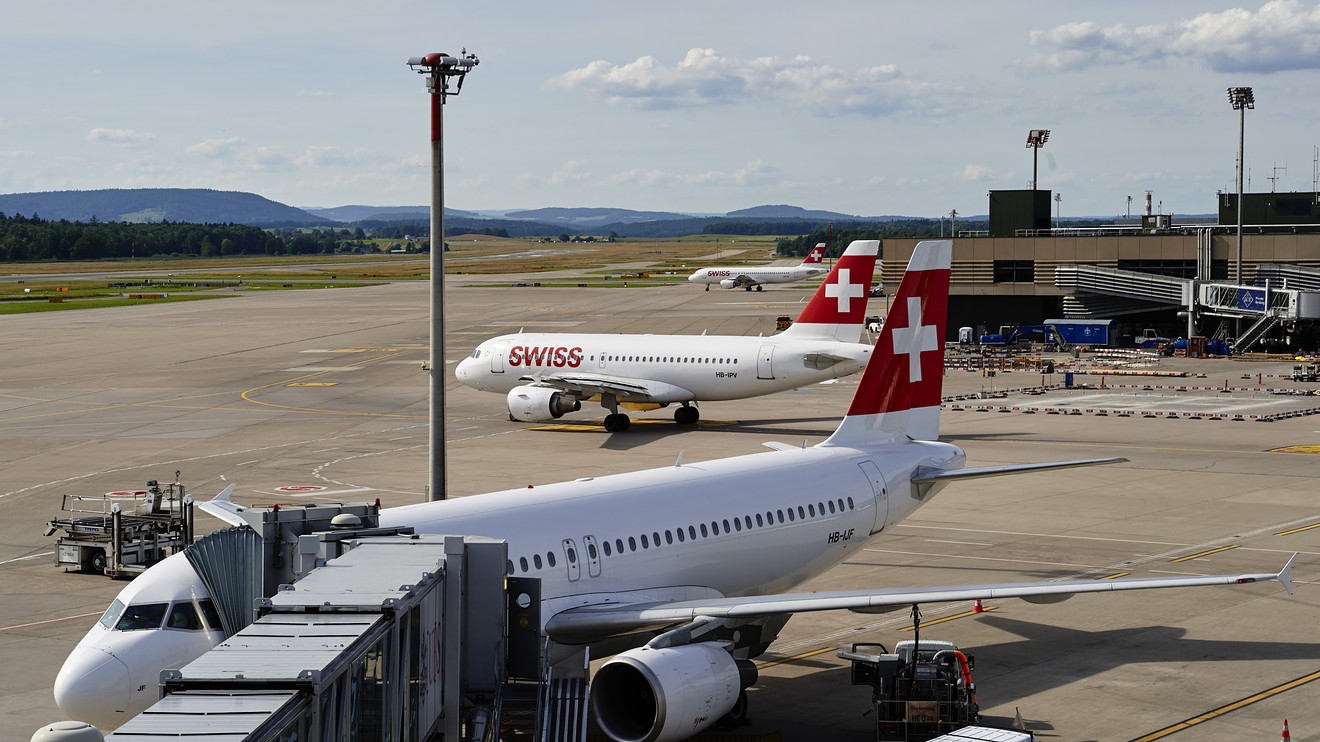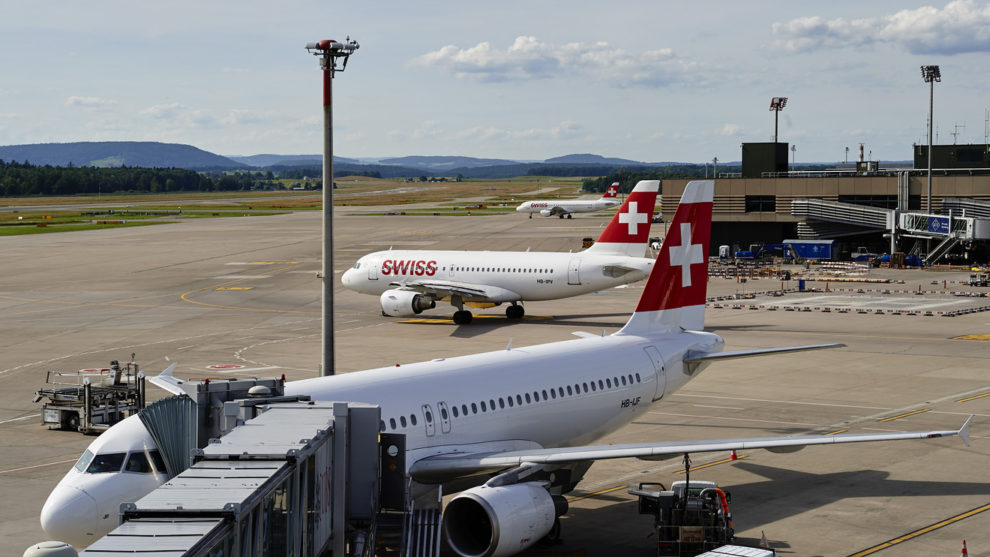
Zurich Airport, near the World Economic Forum in Davos, on Monday touted the fact that a business aircraft used a blend of sustainable and conventional fuel.
The fuel, made by Finland’s Neste NESTE, +1.68% , aims to reduce greenhouse gas emissions by up to 80%, the airport said.
But it’s barely used — the International Energy Agency says aviation biofuel production of about 15 million liters accounted for less than 0.1% of total aviation fuel consumption in 2018.
Getting emissions lower from jet fuel is important. According to the IEA, aviation emissions account for just over 2.5% of global energy-related CO2 emissions and this is expected to rise to 3.5% by 2030.
Unlike cars, it is difficult to electrify plane travel. Batteries would have to deliver a massive amount of power on take-off, and be light and long-lasting. At the moment, batteries do not meet the requirements to replace jet fuel on long-haul commercial flights, so the only real way to lower the climate impact of flying is to make fuel greener.
The problem is that planes run on kerosene, an energy-dense fossil fuel that can operate at low temperatures that has proved hard to replace with more environmentally friendly options. Aviation biofuels exist, i.e. fuel made from plants or waste biomass that has a much lower carbon footprint, and is generally blended in with regular jet fuel. The big obstacle is making enough without competing with food production, at a low enough price.
At the moment, sustainable aviation fuels (SAF), as the industry calls them, are about three times more expensive than commercial fossil-fuel derived jet fuel.
Another difficulty is sourcing. They are generally made from non-food crops and algae, or wood and waste biomass. Some of these fuels contain palm oil, the production of which is one of the main drivers of deforestation. Making jet fuel from algae seems like an ideal solution, but requires large amounts of space and it remains unclear whether this process can be scaled up to industrial levels.
The International Air Transport Association trade body says SAF can reduce the overall carbon footprint by around 80% over the fuels’ full lifecycle.











Add Comment